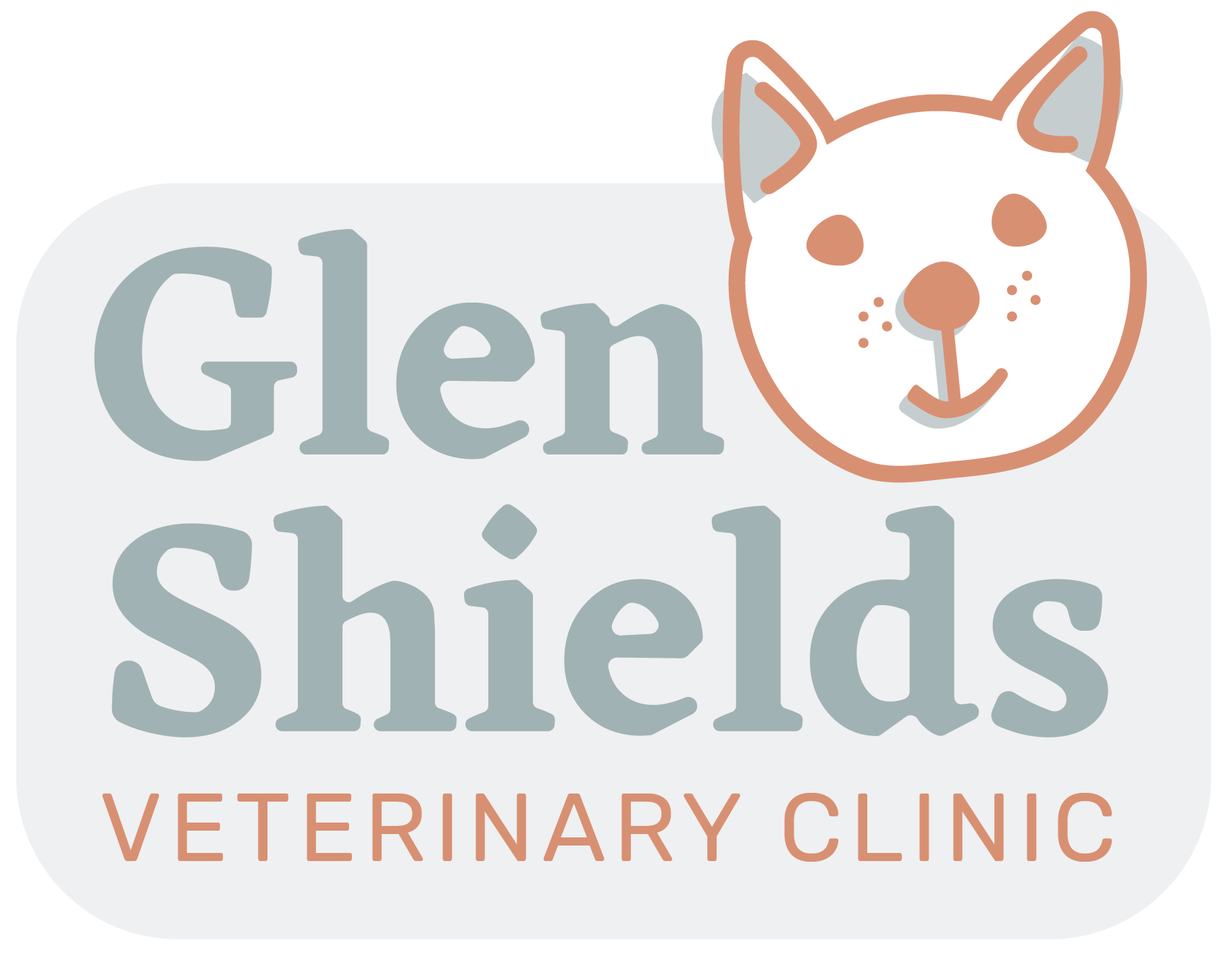Library
-
In some cases, two laid-back adult cats can be easily introduced with minimal drama. In other cases, however, the introduction does not go as smoothly. Some adult cats may physically fight with each other, resulting in potential injuries. Even in the absence of physical aggression, introductions can provoke anxiety that leads to inappropriate elimination, decreased appetite, or other signs of stress in one or both cats. Fortunately, you can help increase the likelihood of success by introducing two adult cats slowly and gradually.
-
Using desensitization and counterconditioning, a behavior modification technique, can change a pet's negative emotional response to triggers. The technique is well suited for pets experiencing fear, frustration, or hyperarousal. Desensitization must be done slowly and systematically to avoid inadvertently sensitizing the pet.
-
Isoflupredone combinations topical are combination medications containing isoflupredone (a corticosteroid) and other medications. Isoflupredone may be compounded with an antibiotic, a local anesthetic, or other medications to treat surface skin conditions where use of a steroid combination product is indicated. Its use may off label (extra label) depending on the species, condition(s) being treated, and formulation. Isoflupredone combinations topical come in powder and ointment forms, often specially compounded.
-
Itraconazole is given by mouth in the form of a capsule, tablet, or liquid to treat fungal infections in cats and for off-label treatment in dogs and small mammals. The most common side effects are anorexia, vomiting, liver toxicity, skin lesions, or limb and vessel swelling. It should not be used in pets with liver disease or low stomach acid production, and used with caution in pregnant, lactating, or pets with heart disease.
-
Ivermectin is most used as a heartworm preventive in dogs and cats. It is also used off label for treating a variety of internal and external parasites. Ivermectin may be combined with other deworming medications. Ivermectin is available as tablets, chewable tablets, a topical liquid (for ear mite treatments), and an injectable that your veterinarian will administer.
-
A joint luxation is a dislocation or complete separation between the bones that normally move back and forth to form a joint. Subluxation refers to a partial separation of the joint. The most commonly subluxated joint in cats is the hip, although any joint can be affected. Your veterinarian may suspect a joint subluxation based on a history of trauma and physical examination findings such as pain and limping. A radiograph is necessary to definitively diagnose a joint subluxation. In many cases, the joint can be reduced or replaced to its original orientation by a procedure called a closed reduction, with a good prognosis if treated immediately. Surgery correction, however, may be needed.
-
This handout outlines the use of disease-modifying osteoarthritis drugs (DMOADs) in cats, specifically the use of polysulfated glycosaminoglycans (PSGAGs). The rationale for their use, potential side effects, and treatment expectations are explained.
-
Kaolin/pectin is given by mouth and is used off label to treat diarrhea and certain toxicities. Use as directed by your veterinarian. Side effects are uncommon, but constipation is possible (rarely). Do not use in pets that are allergic to it, or to control severe diarrhea or diarrhea that is caused by an infection. Do not use the combination product that includes bismuth subsalicylate in cats. If a negative reaction occurs, please call your veterinary office.
-
Keratoconjunctivitis sicca (KCS) is also commonly referred to as dry eye. It is an uncommon eye condition in cats. It results from inadequate production of the watery portion of the tear film by the lacrimal gland or the third eyelid gland. Cats with KCS have painful, red, eyes with squinting. Corneal ulcers may also be present. Chronic cases have scarring on the cornea, impairing vision. The prognosis for cats diagnosed with KCS is good with long-term treatment and diligent monitoring.
-
Ketoconazole is an antifungal given by mouth in the form of a tablet, used off label to treat fungal infections in dogs, cats, small mammals, and reptiles. The most common side effects are vomiting, diarrhea, lack of appetite, and weight loss. Do not use in pets that are allergic to it and use extreme caution when using in cats or pregnant pets.
